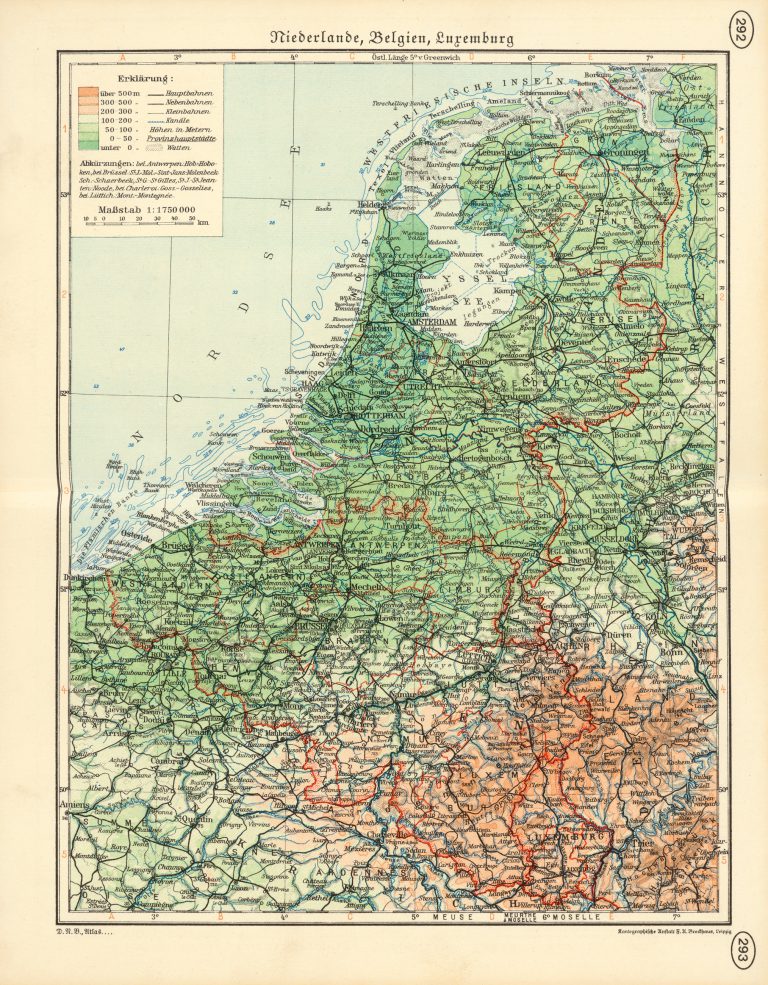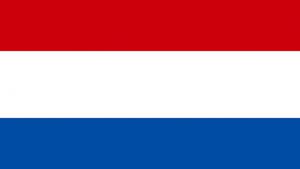
Netherlands
Policy on Immigration and Refugees
In the 1930s, political conditions in the Netherlands are stable. Prime Minister Hendrikus Colijn of the Anti-Revolutionary Party heads a series of conservative governments between 1933 and 1939. The global economic crisis also leaves its mark on the Netherlands, where its consequences arrive quite late but continue to reverberate longer than in many other countries. In 1935–36, twenty percent of the labor force is still unemployed. The economic situation is thus frequently invoked as an argument – and, at times, an excuse – to justify the country’s (refugee) policies. The government’s foreign policy emphasizes neutrality. One of its major goals in this neutrality is to avoid antagonizing its powerful neighbor and most important trading partner, Germany.
When the first wave of refugees arrives in 1933, the government initially takes a wait-and-see approach. It is relatively easy for German citizens to settle in the Netherlands as long as they have sufficient resources, with the exception of people who are considered to pose a danger to the state, who may be expelled under existing laws. There is a strong fear of “leftists” in the Netherlands, as some political refugees come to experience firsthand. Foreigners are forbidden to take part in any form of political activity. In 1934 the first raids take place, and in 1935 an internment camp is opened; it closes again after a few months. Nonetheless, frequent expulsions and detentions continue.
From 1934 onward, the government’s measures increasingly affect Jewish refugees too. Efforts are made to prevent non-German refugees, especially Jews of Eastern European origin, from entering the country. Beginning in 1935, foreign laborers in certain industries need a work permit, and in 1937 a law is passed that regulates the founding of businesses by foreigners.
Policies grow increasingly restrictive, reaching a new level in spring 1938 when refugees are declared to be “undesirable elements.” From May 1938 onward, new refugees are admitted only in exceptional cases, and the borders are closed to everyone else from then on.
The Netherlands delegation at the Évian Conference also stands by this moratorium on accepting refugees. After the November pogrom, the government – under public pressure – temporarily deviates from this strict stance, allowing more refugees in. Some 10,000 people enter the country, in some cases illegally, and some of them are put into newly built camps.
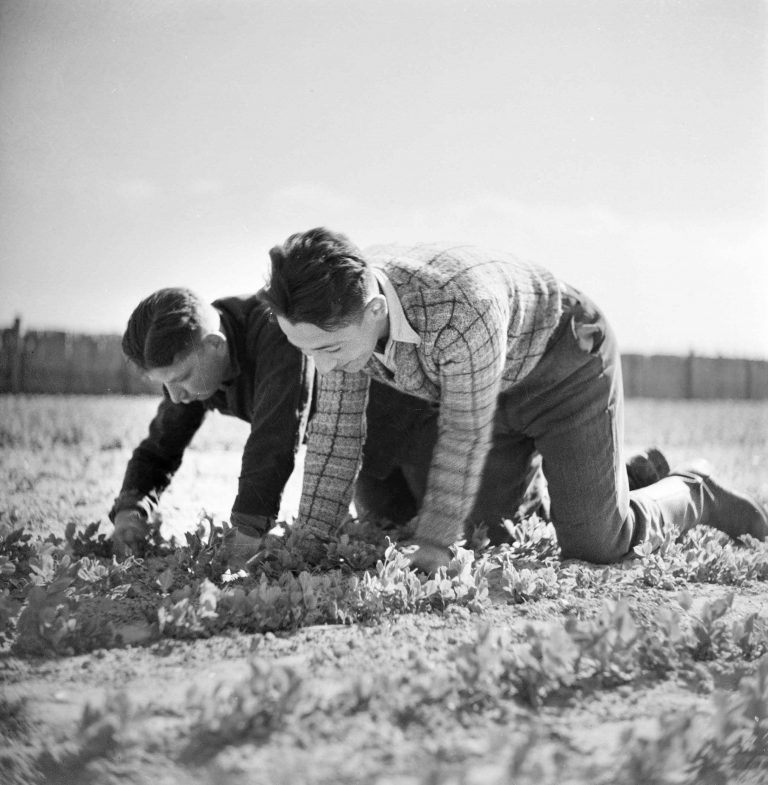
Young refugees working in the fields in Werkdorp Nieuwesluis, 1936
From 1934 onward, hundreds of Jewish refugees are trained in agriculture, manual trades and housekeeping in the Werkdorp. This is intended to prepare them for a life in Palestine or elsewhere. The government provides parts of the Wieringermeer polder for free for this purpose. The condition for acceptance into this program, however, is that the refugees are expected to move onward from the Netherlands as quickly as possible after completing their training.
Photo Willem van der Poll / Nationaal Archief, Den Haag, Photo collection Van der Poll, CC0
Young refugees working in the fields in Werkdorp Nieuwesluis, 1936
From 1934 onward, hundreds of Jewish refugees are trained in agriculture, manual trades and housekeeping in the Werkdorp. This is intended to prepare them for a life in Palestine or elsewhere. The government provides parts of the Wieringermeer polder for free for this purpose. The condition for acceptance into this program, however, is that the refugees are expected to move onward from the Netherlands as quickly as possible after completing their training.
Photo Willem van der Poll / Nationaal Archief, Den Haag, Photo collection Van der Poll, CC0
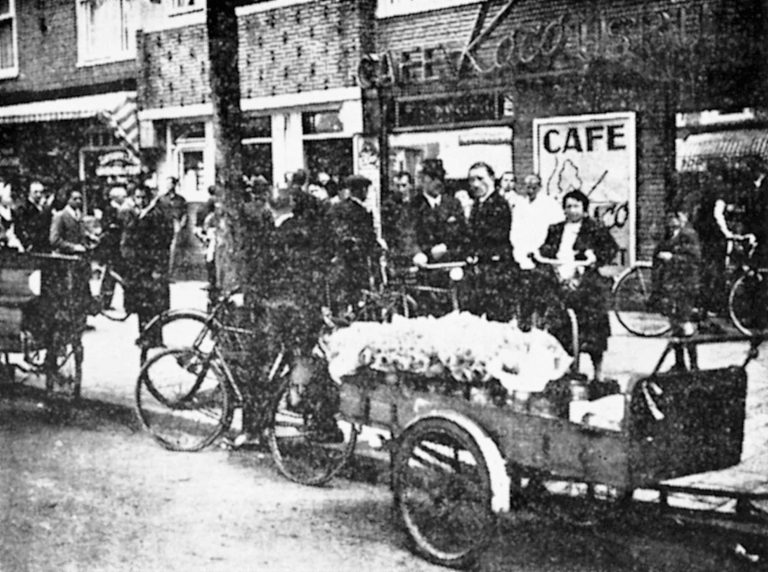
Crowd gathered in front of the Koco ice cream parlor on Rijnstraat in Amsterdam
On May 24, 1939, this ice cream parlor run by Jewish refugees becomes a target of the Netherlands’ National Socialist movement, the NSB, which was founded in 1931. Members of the NSB destroy the café’s interior and physically attack the customers present. Several people are injured. In the 1930s, refugees are a preferred target for attacks by the NSB – most of the attacks are only verbal at first.
Verzetsmuseum Amsterdam
Crowd gathered in front of the Koco ice cream parlor on Rijnstraat in Amsterdam
On May 24, 1939, this ice cream parlor run by Jewish refugees becomes a target of the Netherlands’ National Socialist movement, the NSB, which was founded in 1931. Members of the NSB destroy the café’s interior and physically attack the customers present. Several people are injured. In the 1930s, refugees are a preferred target for attacks by the NSB – most of the attacks are only verbal at first.
Verzetsmuseum Amsterdam

The first refugees arrive at the Central Refugee Camp in Westerbork, 1939
This camp near the German border is meant to replace the makeshift refugee camps where some of the Jews who fled after the November pogrom were housed. In 1942, the German occupiers convert it into a transit camp from which deportation trains depart for the concentration and extermination camps.
Herinneringscentrum Kamp Westerbork, Hooghalen
The first refugees arrive at the Central Refugee Camp in Westerbork, 1939
This camp near the German border is meant to replace the makeshift refugee camps where some of the Jews who fled after the November pogrom were housed. In 1942, the German occupiers convert it into a transit camp from which deportation trains depart for the concentration and extermination camps.
Herinneringscentrum Kamp Westerbork, Hooghalen
Delegation
Willem Cornelis Beucker Andreae
* 9 February 1882 Den Haag † 29 November 1958 Zeist
After studying law and completing his doctorate, Beucker Andreae begins a career at the Foreign Ministry of the Netherlands in 1906. He leaves the Foreign Ministry in 1910, and his work in the following years includes a position as a defense lawyer. In 1916 he departs for the Dutch East Indies, where, as the private secretary to the Governor General, he works on projects that include combatting tuberculosis.
After returning to the Netherlands, he goes back to the Foreign Ministry, where he becomes the head of the Legal Directorate-General. In this role, he serves on a committee that is formed in 1935 to review and potentially prepare changes to the Netherlands’ current legislation concerning foreigners. In summer 1946, he resigns and becomes an honorary advisor to the Foreign Ministry.

Willem Cornelis Beucker Andreae during his speech at the Évian Conference, C.V.-Zeitung. Allgemeine Zeitung des Judentums, July 21, 1938
Universitätsbibliothek Johann Christian Senckenberg, Frankfurt am Main
Willem Cornelis Beucker Andreae during his speech at the Évian Conference, C.V.-Zeitung. Allgemeine Zeitung des Judentums, July 21, 1938
Universitätsbibliothek Johann Christian Senckenberg, Frankfurt am Main
Robert Antony Verwey
* 12 January 1882 Surabaya † 19 May 1980
Verwey is born in the Dutch East Indies, where his father works as a teacher. He studies civil engineering in Delft and joins the civil service in 1908 after working as an engineer for a few years. He initially works at the Ministry of Water Management. In 1917 he starts to work at the National Unemployment Insurance and Job Placement Office, of which he ultimately becomes the director. In the 1930s, this office is responsible for issuing work permits for foreigners and thus also for refugees.
Verwey, who already shows admiration for the Nazis’ combatting of unemployment in the 1930s, becomes the Secretary General of the Ministry of Social Affairs during the German occupation. He also presides over the newly created Reich Employment Office, which is responsible for sending (forced) laborers from the Netherlands to Germany. Because of this, he is briefly imprisoned after the war and is dishonorably discharged from public service in 1946.
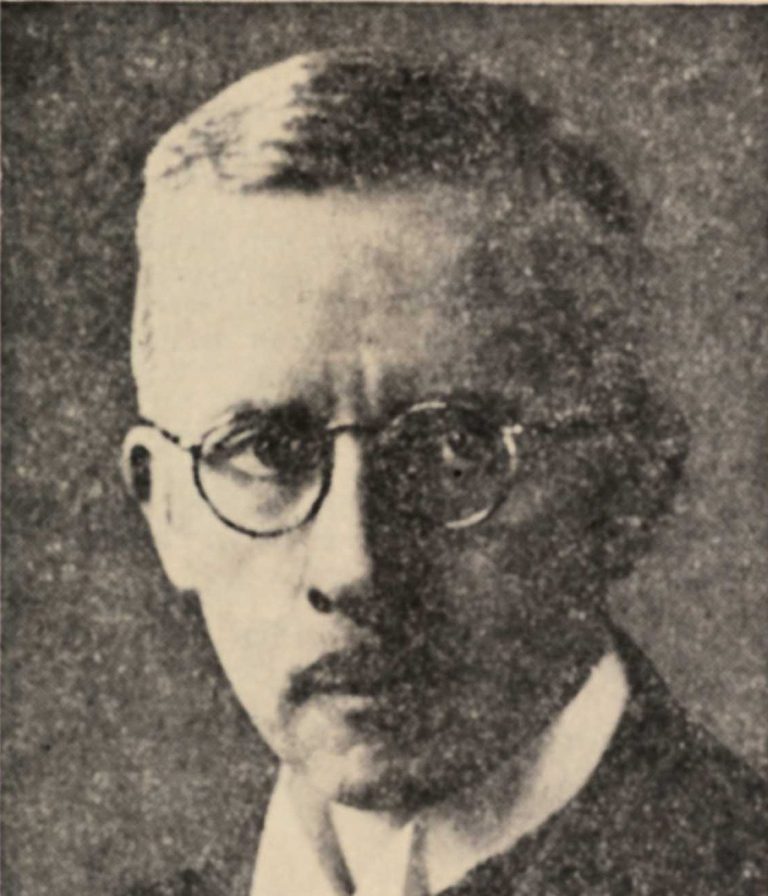
Robert Antony Verwey, undated
PDC Universiteit Leiden
Robert Antony Verwey, undated
PDC Universiteit Leiden
Johannes Petrus Hooykaas geboren als Isaäc Petrus Hooijkaas
* 14 November 1900 Zutphen † 17 July 1971 Scheveningen
Hooykaas grows up in a family of teachers; beginning in 1912, his father is the rector of the high school in Arnhem. After studying law in Utrecht and working as a law exam tutor for two years, he begins his career at the Netherlands’ Ministry of Justice in 1925. At the time of the Évian Conference, he serves as a (legal) adviser to the ministry’s Department of Constitutional and Criminal Law. He champions an understanding of criminal law in which the interests of the community are to prevail above those of the individual.
During the German occupation, he is appointed Secretary General of the Justice Ministry in 1941, but he is removed from this post by the occupying authority after a few months because he does not cooperate extensively enough. He nonetheless continues to work at the Ministry.
In 1946, he becomes a judge at the Court of Amsterdam, before being appointed Advocate General at Hoge Raad der Nederlanden, the Netherlands’ highest court, in 1948. Two years later, he becomes a professor of constitutional and administrative law at the University of Utrecht.
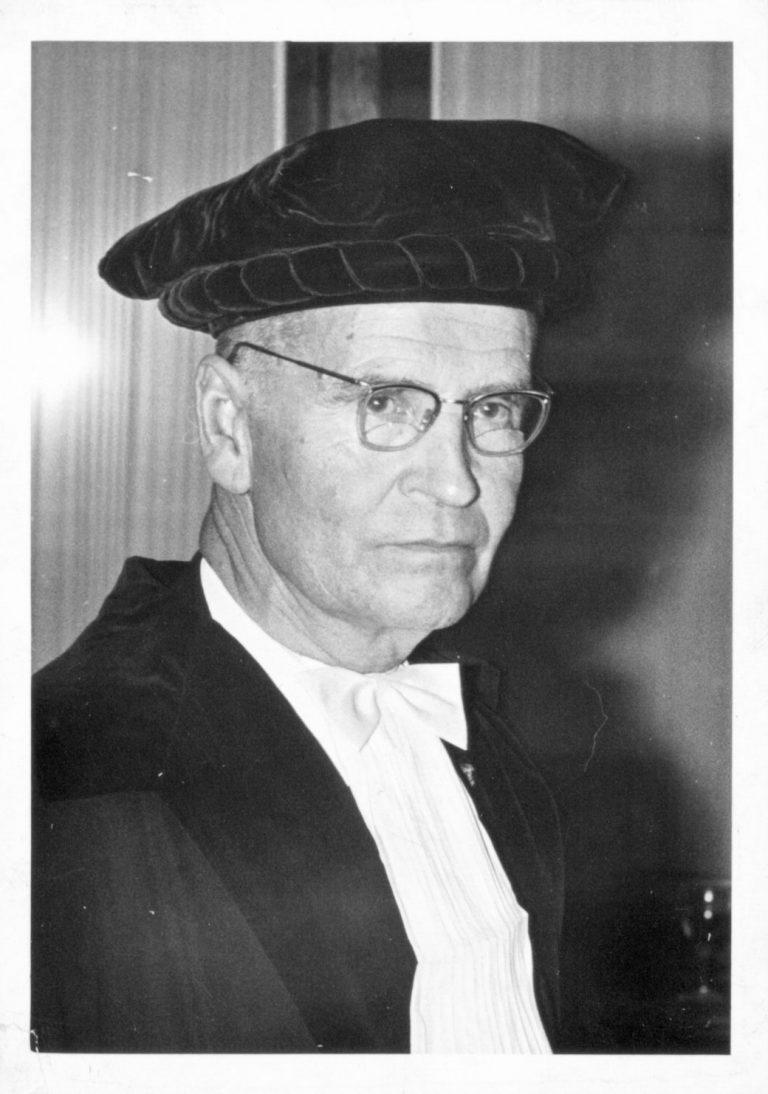
Johannes Petrus Hooykaas, undated
Collectie Universiteitsmuseum Utrecht, Inv. Nr. 0285-3463
Johannes Petrus Hooykaas, undated
Collectie Universiteitsmuseum Utrecht, Inv. Nr. 0285-3463
Conference Contributions
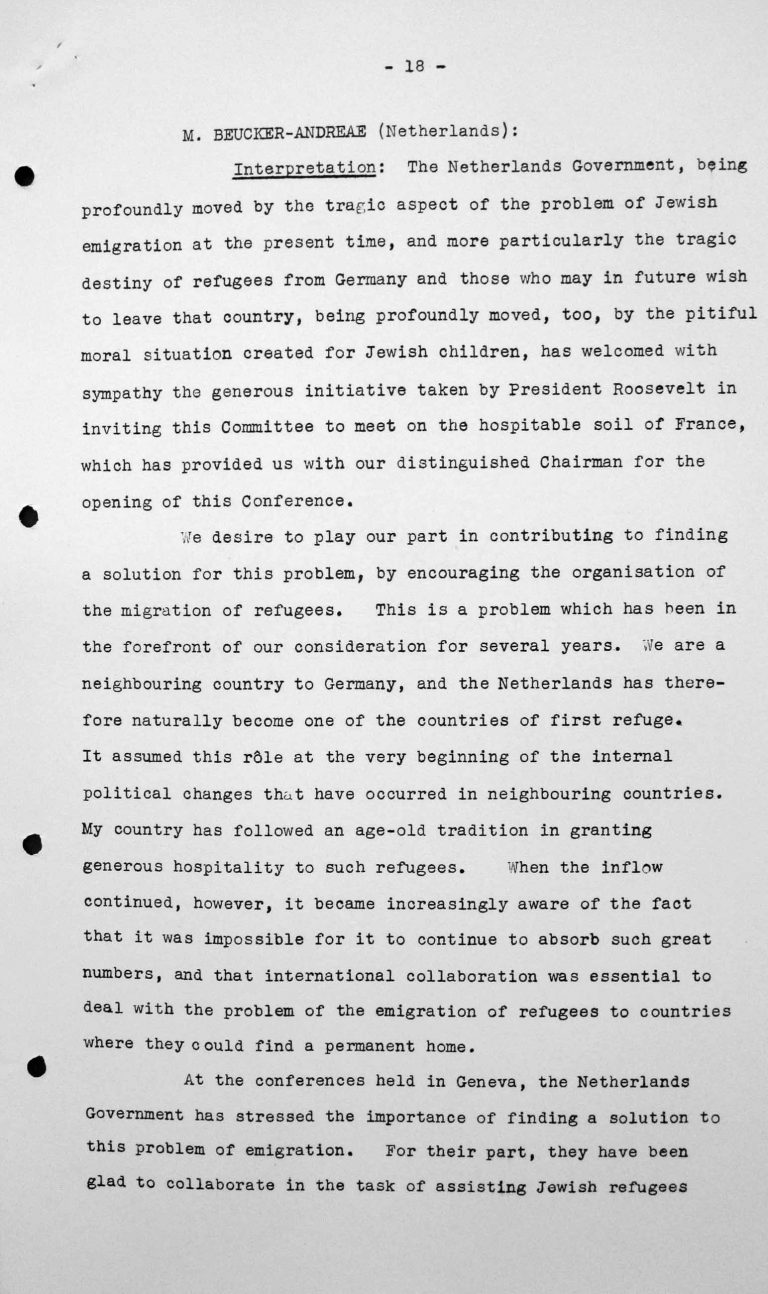
Statement by Willem C. Beucker Andreae (Netherlands) in the public session on July 7, 1938, 3.30pm, p. 1/3
Franklin D. Roosevelt Library, Hyde Park, NY
Statement by Willem C. Beucker Andreae (Netherlands) in the public session on July 7, 1938, 3.30pm, p. 1/3
Franklin D. Roosevelt Library, Hyde Park, NY
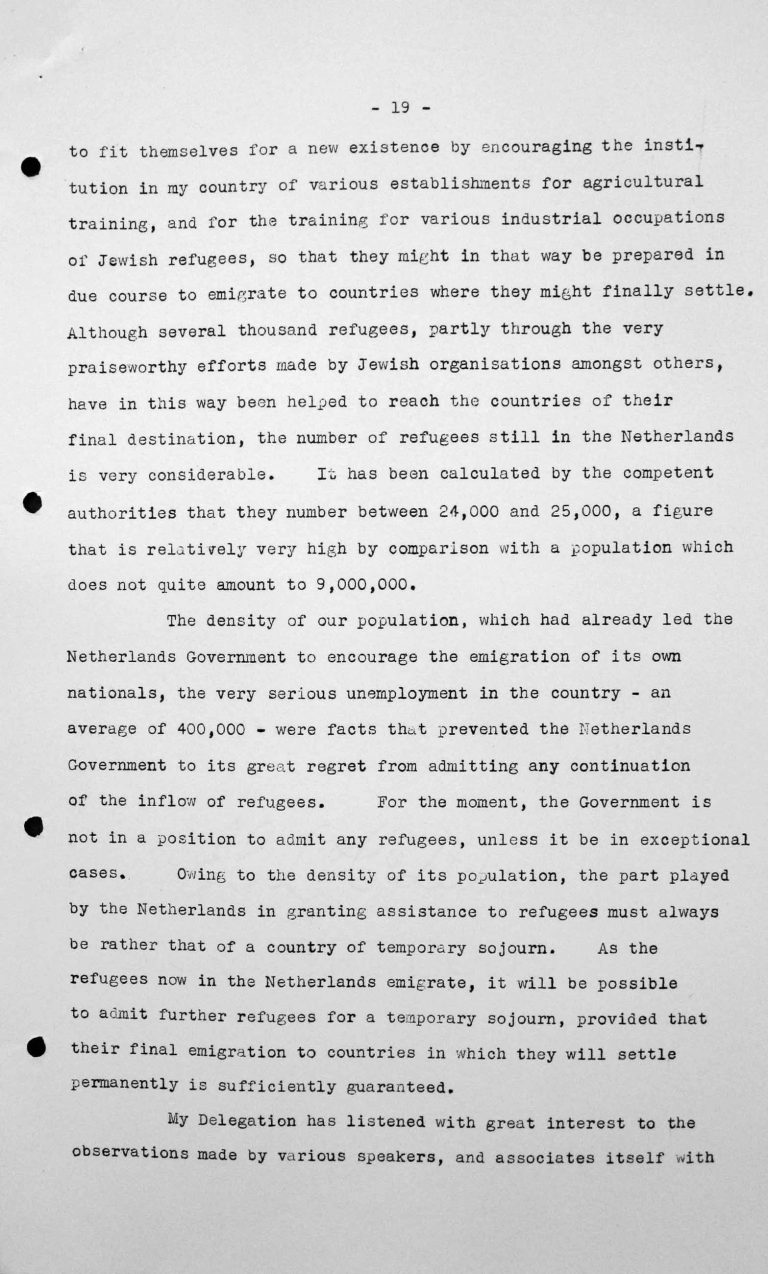
Statement by Willem C. Beucker Andreae (Netherlands) in the public session on July 7, 1938, 3.30pm, p. 2/3
Franklin D. Roosevelt Library, Hyde Park, NY
Statement by Willem C. Beucker Andreae (Netherlands) in the public session on July 7, 1938, 3.30pm, p. 2/3
Franklin D. Roosevelt Library, Hyde Park, NY
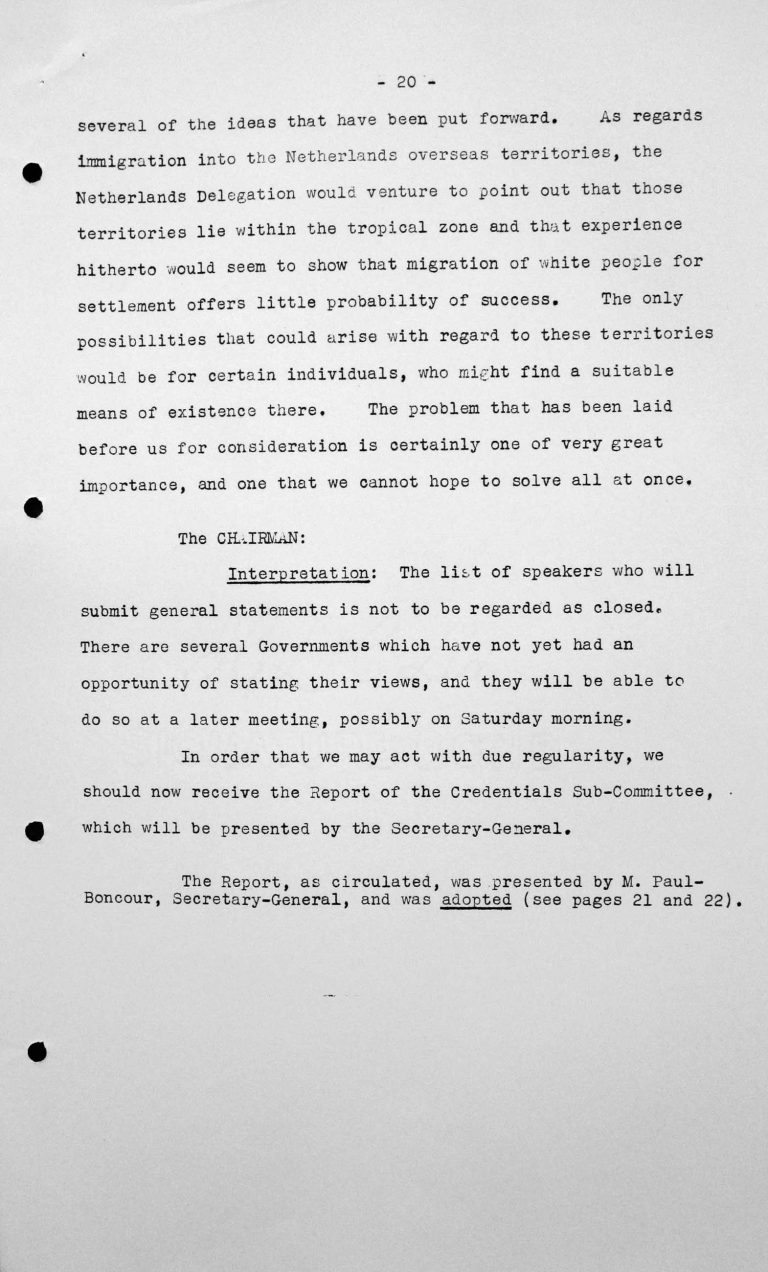
Statement by Willem C. Beucker Andreae (Netherlands) in the public session on July 7, 1938, 3.30pm, p. 3/3
Franklin D. Roosevelt Library, Hyde Park, NY
Statement by Willem C. Beucker Andreae (Netherlands) in the public session on July 7, 1938, 3.30pm, p. 3/3
Franklin D. Roosevelt Library, Hyde Park, NY

Declaration made by the Netherlands Delegation at the first meeting of the Technical Sub-Committee on July 8, 1938, p. 1/2
Franklin D. Roosevelt Library, Hyde Park, NY
Declaration made by the Netherlands Delegation at the first meeting of the Technical Sub-Committee on July 8, 1938, p. 1/2
Franklin D. Roosevelt Library, Hyde Park, NY

Declaration made by the Netherlands Delegation at the first meeting of the Technical Sub-Committee on July 8, 1938, p. 2/2
Franklin D. Roosevelt Library, Hyde Park, NY
Declaration made by the Netherlands Delegation at the first meeting of the Technical Sub-Committee on July 8, 1938, p. 2/2
Franklin D. Roosevelt Library, Hyde Park, NY
